[Exclusive Interview] Gary and His Demons: Mark Little on Finding Peace in A Middle-Aged Apocalypse
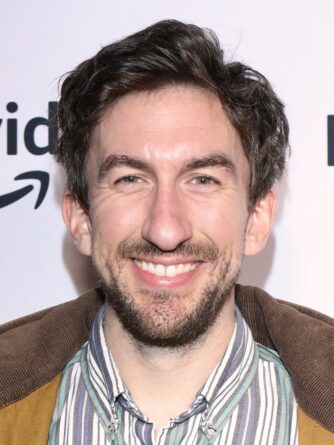
Genre programming has never been more popular in animation, especially series that combine heightened supernatural mayhem with ordinary minutiae and malaise. There’s an inherent pleasure to be had in the anachronistic juxtaposition of workplace or family comedies that incorporate demons, monsters, or even the Devil. After programs like Ugly Americans, Lucy, the Daughter of the Devil, Little Demon, or the recent animated shorts for Your Pretty Face is Going to Hell, audiences have grown progressively numb to the creativity of such wild swings.
Gary and His Demons, initially developed for VRV, but now on Amazon Prime Video, bucks the subversive genre’s stereotypes through its washed up and worn out middle-aged protagonist, Gary, who’s grown ambivalent over his sacred duty to protect the Earth as the “Chosen One.” Gary and His Demons surprisingly wears its heart on its bloody sleeve and this curmudgeon’s character development turns into a satisfying dissection of loss, acceptance, and legacy…but with a lot of hilarity and vicious demon dismemberment. Mark Little, the series’ co-creator, director, and voice of Gary, opens up on the series’ evolution, its move to Amazon Prime, and what the future holds for this disenfranchised demon slayer.
Daniel Kurland: Something that I really love about this show is how it adeptly blends workplace comedy with these bigger horror and genre ideas. Are you a big horror fan in general? Were there any particular influences when you were developing the series?
Mark Little: I wouldn’t say I’m a huge horror fan, but I’ve gotten into it a lot more in recent years. When I was a kid, I was just too scared, so I steered clear. I don’t get a lot of joy out of just being scared, so I sort of gravitate towards artsier and “more annoying” horror movies–“more annoying” to say that you like them, so to speak. In the first season there’s a Candyman episode and that movie had a huge influence on me. Every once in a while I’ll try to plug in some horror reference, but first and foremost I’m a comedy fan and I like to magpie and pilage whatever I can to make the comedy fun for me.
Daniel Kurland: I think that second seasons can be such a fascinating time of transition for series. You introduce some fun changes at the start of this season, but did you approach it any differently than the first year in terms of what you wanted to say or accomplish?
Mark Little: Definitely, yeah. We wanted to try a few things in terms of exploring the storytelling and then one or two things in terms of exploring Gary’s character. With the storytelling, it’s be an exploration of external things and then with the character it’s digging a little deeper into the internal. So in terms of storytelling, I just wanted to try something that’s more serialized. I thought that would be fun; to treat these ten episodes like a ten-episode movie. Also, in so doing, also explore more of the show’s world and lore, but without getting too deep into all of that. The other main thing that I wanted to do in season two was to simplify things from season one. That’s been the mantra since day one with this show, but I’ve wanted to take it even further.
When we started making the show, Rick and Morty was first starting to get big and they’d do maximal storytelling. Their first act break would be where most show’s would be at the end of an episode. They tell so much story in a short amount of time. We wanted to go in the complete opposite direction and tell stories that basically have the pacing of kids’ stories. Then, to also layer in really simple world-building details, bit by bit. That was an extra goal in this season as well as if there’s anything that can pull Gary out of his funk. Season one kind of ends with Gary as miserable as can be, so I thought why don’t we try something else. I’ve had babies on the mind lately because my girlfriend really wants to have a baby, so I was exploring some of that drama through Gary.
Daniel Kurland: I really love the growth that Gary has experienced since the start of the series. He’s such a fun character and you find the right balance between his positivity and misery.
Mark Little: I really like the final line that Gary has in this season that shows the way in which his life is changing, but he doesn’t realize it yet. He still has this nihilistic final line, but his actions betray a change that he’s not aware of. I’m excited to continue exploring that, but to also see if there are new ways to push his misery.
Daniel Kurland: This season’s introduction of the Demon Baby and how Gary learns to better value life through this odd development is really satisfying. There was a time where I wondered if Gary would ever find love again and if that was his character’s arc, but finding fulfillment through this baby is even better.
Mark Little: Thanks, yeah. It felt like something different from what we were exploring in season one, which was often about love. It felt good. Largely, a lot of my storytelling impulses come from, “What would be funny?” To us, very early on in the process of writing this season, we thought that Gary’s nemesis coming back as a baby and Gary needing to raise him was perfect. That makes us laugh. That makes us happy. And then, if that makes us happy for a single episode, then how would we feel if we hinged the entire season on that concept? We wanted to see how much weight these tiny comedic choices can hold.
Daniel Kurland: Gary is hardly the only middle-aged cartoon protagonist, but have you had fun exploring certain stories that can only be told through someone who’s older?
Mark Little: Honestly, the age difference between Gary and I is smaller than you may think. I think maybe, at most, ten years separate us. I’ve always done stuff with middle-aged men. I’ve always liked to play middle-aged men. Every character I’ve played in the past 12 years has been a dad in a fake mustache. I’m talking about in web series, shows, podcasts–wearing a fake mustache for a podcast is a hell of a commitment. So I’ve always enjoyed exploring that. I’m not sure why. I know it probably goes back to my own relationship with my father, but also to my fears towards getting older and the type of person that I’ll become. I gravitate towards miserable men. I think it’s a funny place to be. It’s something that I can speak to with a little bit of honesty and a lot of projection.
Daniel Kurland: I really appreciated how the first season’s finale teases the idea of Gary’s retirement and him seemingly getting everything that he wants, yet he’s still unhappy. Was it freeing to tell that story so early on and then be able to move past it and dig into deeper territory for Gary?
Mark Little: I have been canceled after season one with every show that I’ve ever written, except this one, so I didn’t go into that finale expecting a season two. It really made me laugh to end the first season in such a depressing, anticlimactic way, but mostly I just wanted to tell the story of–there are a lot of external factors that I blamed for the unhappiness in my life, but I do deep down believe that if those external factors were removed then I’d still be unhappy. So it was fun to explore that story. I say “fun” because that makes me laugh and makes me happy, but judging by the comments on that season finale that was not an opinion shared by many viewers. I certainly didn’t expect to get it out of the way early and then move onto other things. It felt like a sort of depressing ending to me that reveals the loop that we’re all stuck in and the degree to which we’re the agents of our own misery. Having finished that story, it’s proven to be cool because it’s forced us to think even bigger in season two.
Daniel Kurland: On that note, the show’s second season goes out with this huge apocalyptic finale. Did you want to end the year on something big that’s a bit of a different vibe than season one’s ending?
Mark Little: Yeah, I think so. At the same time, it also hints at the grander nature of this world…Gary’s back opens up and we learn a little bit about the magic of demons and the connection between demons and Chosen Ones. We catch a glimpse of all of that stuff. There was a version of this season where we learned a lot more, but it all ended up becoming subtext for the tiny bit that we do learn. We’ve got more lore loaded up and ready to explore if we want to do a season three. Like I said though, our mantra this season was simple, simple, simple. Hint at the big things, but don’t spend a whole episode explaining the big things, which was an episode that we did and you’ll never believe this, but, it was boring! So that being said, to me this doesn’t feel like the end, but the producers kept pushing for a little cliffhanger ending at the end of season two. I was kind of pushing back against that because I wanted this to potentially be an end to the series if it ends here. Also, there’s enough loaded up that you don’t have to tease the audience with a really overt thing in order to get them excited about where these characters might go.
Daniel Kurland: There are so many animated series that feature demons and hell-spawn, but there’s such a unique look to the creatures here. Can you talk a little about these monster designs and the inspirations there?
Mark Little: Yeah, I can’t take any credit for that. That’s all Solis Animation, who animated the first season and did all of the character designs. They’re really amazing. They’re this little boutique animation studios in Toronto who worked on Ugly Americans and all this MTV stuff. Early on, we just met and I told them what I had in mind. We talked about having emotive characters that were cartoony versus the more realistic look of something like Archer, which was very big at the time. We tried to find this middle ground between realism and emotion.
They ended up showing me a lot of Hellboy comics and that’s really all that I can remember in terms of reference points. They just created such cool stuff. Those faceless blue demons were there right from the start. It was cool to find a way to have these faceless demon characters as well as more personality-driven demons. A lot of that just came together piece by piece as we figured out new demons as we went along. I wish there was more forethought, but I just go where the funny takes me. In season one, some critics noticed that and weren’t into it, which is fine. We’re all learning this as we go, but I think that we’ve gotten better in that regard.
Daniel Kurland: Gary and His Demons is a quarter-hour show. Has that been difficult, or liberating when it comes to the pacing of episodes? Would you want to tell full half-hour stories if given the opportunity?
Mark Little: It’s been really difficult. Like I said, we do have this simplified kids’ version of storytelling where there’s just one act break so you’ve basically got five or six minutes to arrive at a big turning point. This cuts down on what I like to do, which is hang out, party, and tell a bunch of jokes. It’s been tough! It’s helped in some ways, that restriction, even as it’s been super frustrating. It’s forced us to really streamline our storytelling. That being said, I worked on seasons one and two of Doomlands. Season one was 11 minutes and for season two we turned them into 22-minute episodes because of this reason. We wanted to be able to enjoy the benefits of half-hour storytelling. I don’t think that Gary will ever go that way, but that’s one of the main reasons that we moved to serialized storytelling in season two. I needed to be doing something deeper than just 11-minute villain of the week things.
Daniel Kurland: Gary and His Demons has moved to Amazon Prime for its second season. Is it exciting to have this bigger audience at your disposal and does that create greater pressures and expectations for the show’s performance at all?
Mark Little: I haven’t really noticed, to be honest. I don’t think I have a “mass appeal vs. niche appeal” switch in my brain. I just try to write the thing that I would want to watch and hope that people like it. I always secretly like when things aren’t broadcast too widely because if they are I worry that most people won’t like the things I’ve made. That’s the push and pull of it! You want your stuff to get out there. You want the stuff that you make to be successful. It’s just scary.
Daniel Kurland: Finally, have you thought at all about a potential season three and where you’d like to see the series go? I imagine Gary raising this growing Demon Baby is on the table in some capacity.
Mark Little: Yeah, there was a season two that I really wanted to write, but I came to it too late and it would have required too much money. A lot of sunk money to make it happen. We didn’t go in that direction, but the version that we did do was more of a compromised version of my original idea. All that is to say that if we do a season three then we’ll get to do the season two that I wanted to write, as season three, and I think it will build nicely upon what we’ve already done, while also diving into the relationship between Gary and the baby. There’s now the added benefit of not having any idea where Vale and Larry’s story is going to go, but I do love those characters so much that it would be a shame to cut them loose.
Both seasons of ‘Gary and his Demons’ are currently available to stream on Amazon Prime Video

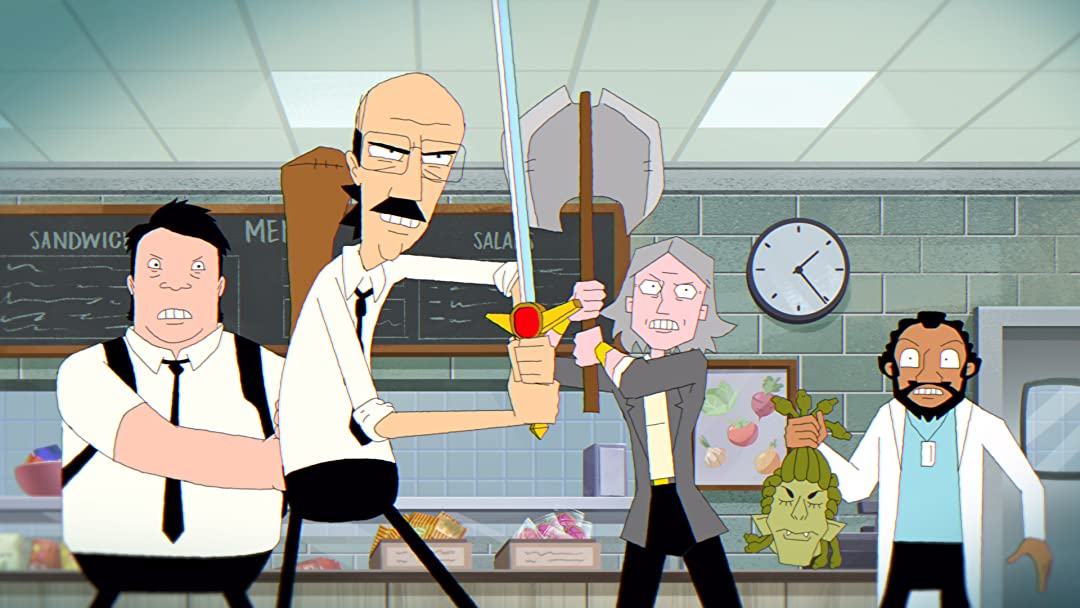
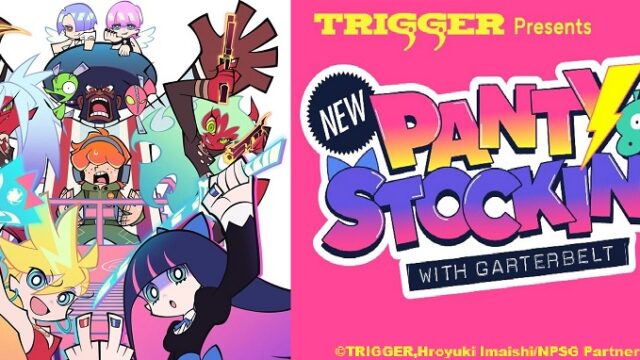

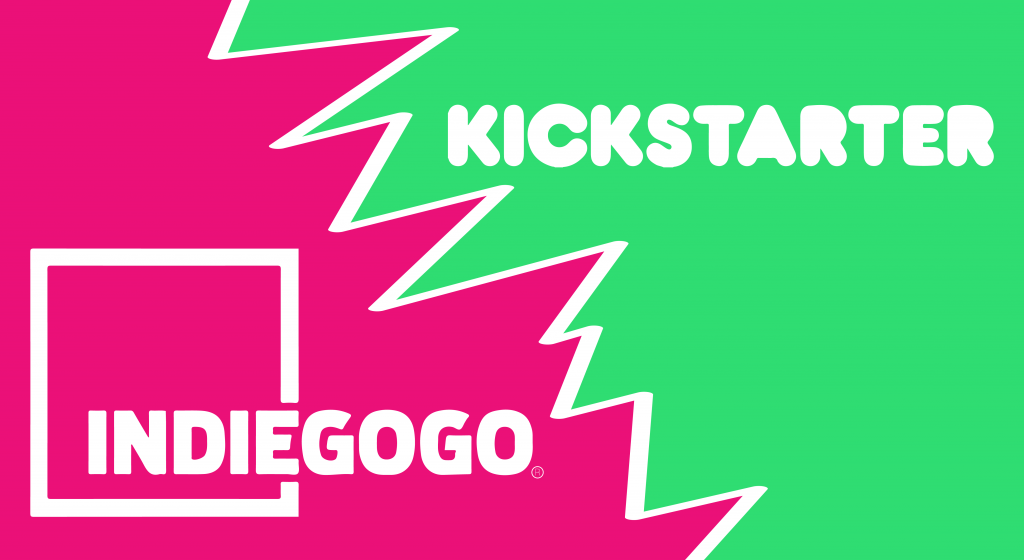
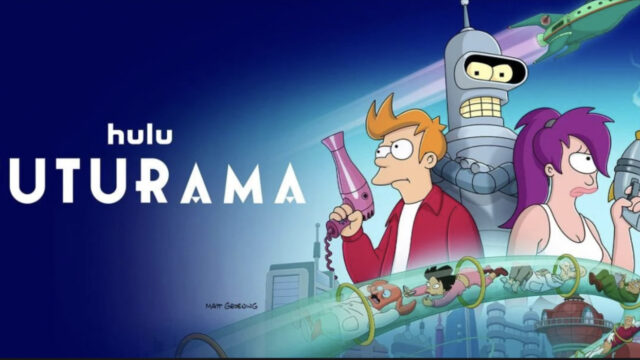










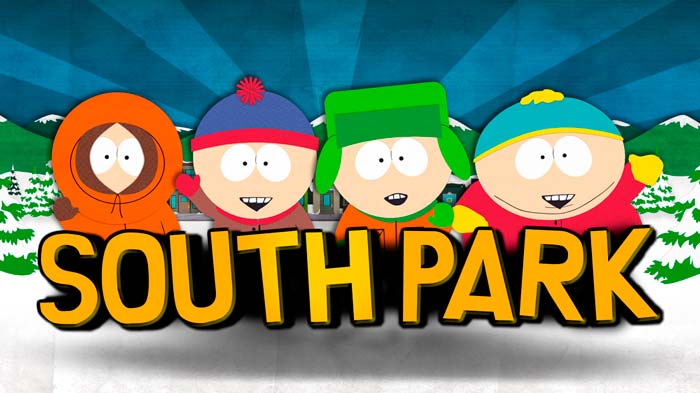


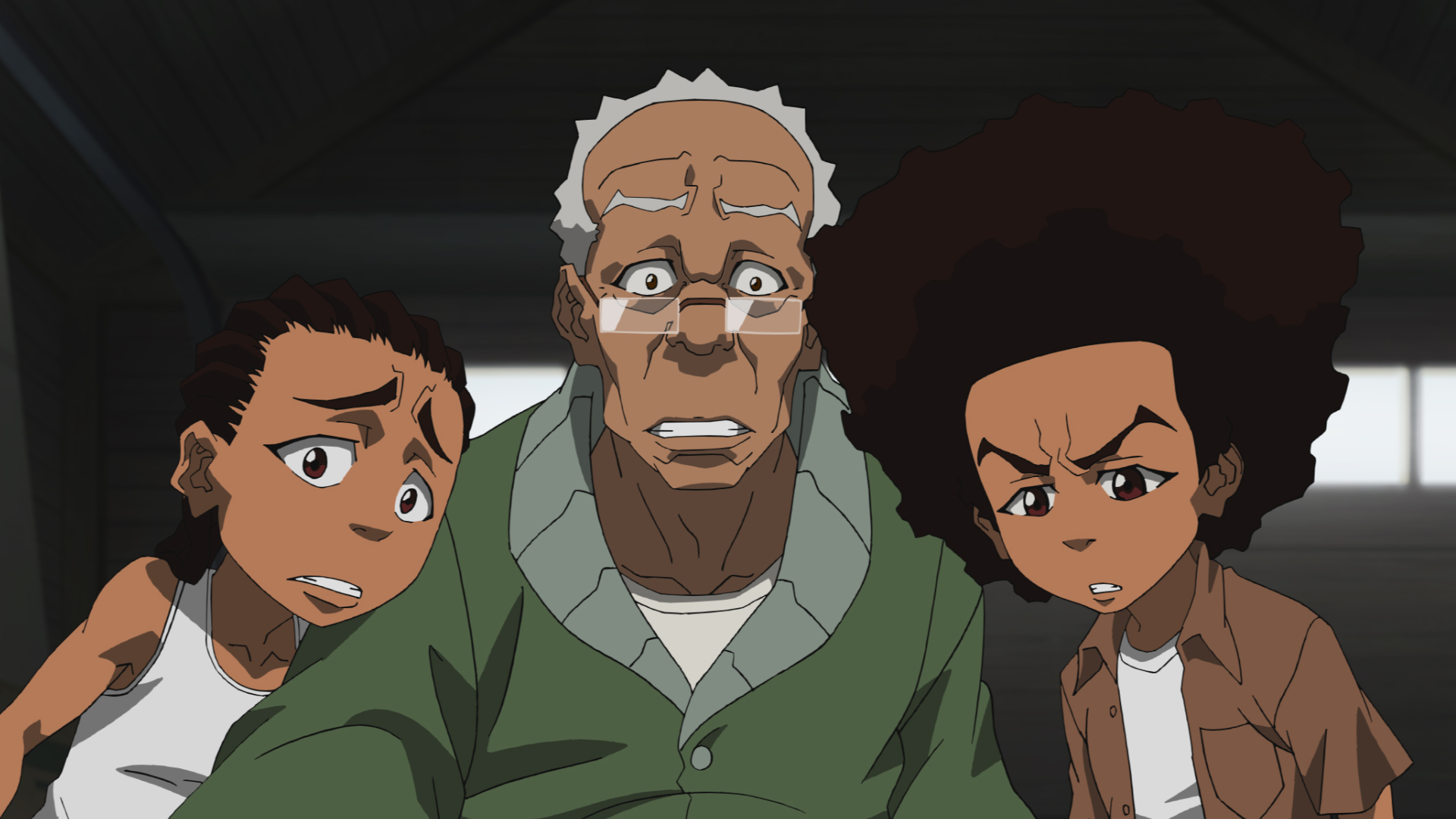
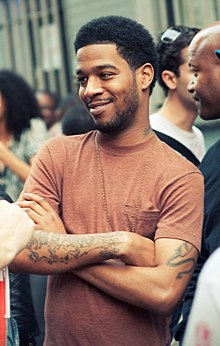


"There are also other characters that come and go (also owned by the Warner Bros. Discovery conglomerate media company)."
Huh. Is that just referring to other characters from the show itself, or is this implying that the new season is going to have cameos from other WBD IPs